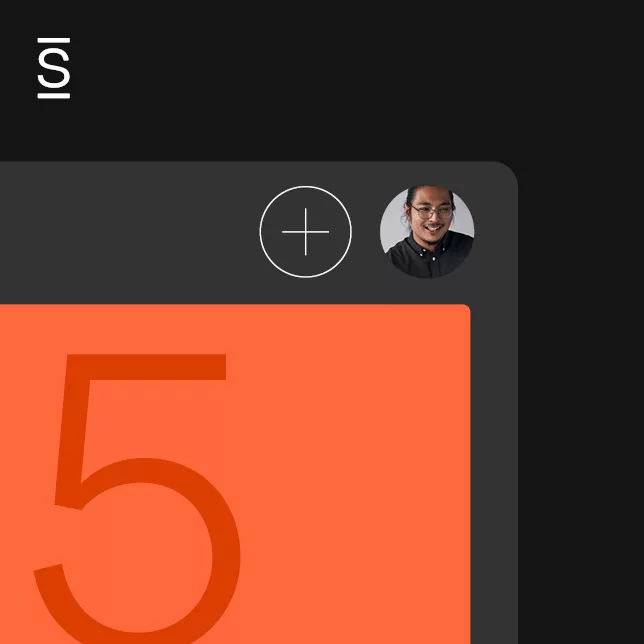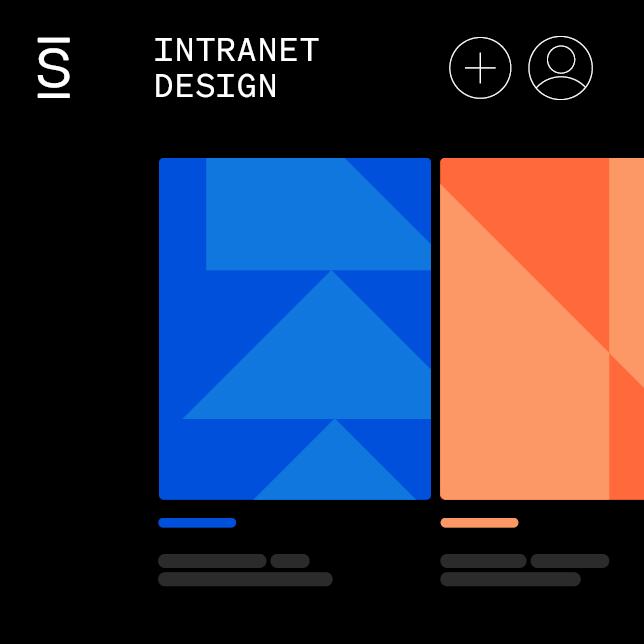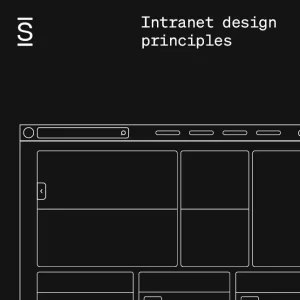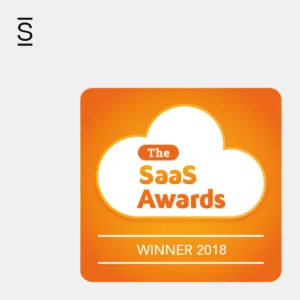For digital content to reach and resonate with audiences, it needs to be clear, compelling — and visual. Visual content is key to attracting more attention, better communicating ideas, and increasing audience interest.
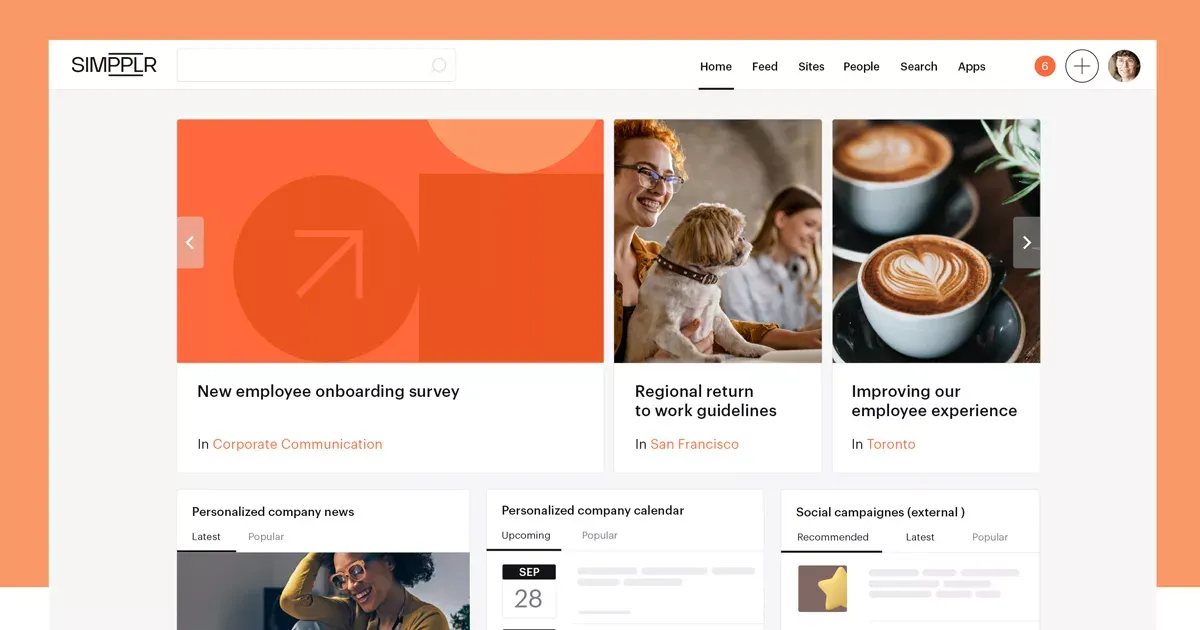
As you develop intranet content to inform and inspire employees, focus on both text and visuals to get more employees pumped to use the intranet and learn from its content. Modern intranets like Simpplr make including images, graphics, videos and other visuals seamless — so you don’t have to work harder to make a bigger splash with your content.
Let’s look at the important role visual content plays in the success of an organization’s intranet and how to increase intranet engagement with images and other visuals. This guide will cover:
- The power of visual content
- Types of visual content
- 5 ways to use visual content to boost engagement, with examples
- Harness the power of visual communication in the workplace
The power of visual content
The goal of a company intranet is to communicate with employees so they feel more engaged, empowered and connected with their organization and colleagues.
An intranet will struggle to accomplish any of these goals without visual content.
Text alone is often not enough to reach and resonate with audiences. Here are a few reasons why visual content is key to boosting the effectiveness and reach of internal communications copy and messaging.
People are immediately attracted to images.
In a sea of text, visual content grabs attention. Our brains are wired for visual information. Check out these stats:
- 90% of information transmitted to the brain is visual, so we are drawn to graphics, photos, videos and illustrations.
- An analysis of over 5,000 digital ad campaigns found that ads with images had a 42% higher click-through rate than ads without images.
People understand images faster than text.
Since our brains are primed for images, we process visuals exceptionally fast. Visuals are processed 60,000 times faster than text! It only takes the brain only 13 milliseconds to process entire images. Visuals help us absorb information and the meaning of a message much quicker than through text alone.
People remember visual content better than text.
Visuals stick in long-term memory. According to an active learning study, audiences will remember only 10% of what they read after three days, but they will remember 65% of a message when it has visual and verbal cues. As Dr. Lynell Burmark says in her book Visual Literacy: Learn to See, See to Learn, “Words are processed by our short-term memory where we can only retain about seven bits of information. Images go directly into long-term memory.”
People follow directions better when they have visual support.
Even the most well-written directions can lead audiences astray. Describing directions through text alone can make tasks more difficult or confusing. Visuals can add simple, clear cues that help audiences better understand directions. A study found that people following directions with text and illustrations did 323% better than people following directions without illustrations.
Emotions are conveyed through images.
When we read text, we don’t have the emotional cues we receive during auditory and visual communication. It can be difficult to identify the emotional sentiment of text alone. Visuals help add emotional context through the use of color, emojis and photos of people displaying matching emotions and feelings.
Learn how to enrich your intranet communications with Simpplr’s Native Video
Types of visual content
As you develop a content strategy for your company intranet, consider how you can use a variety of visuals to support your text copy. Here are a few visual content types to explore:
- Video
- Infographics
- Photos of people (bonus if photos are of actual employees)
- Memes and GIFs
- Data visualizations (charts, graphs, etc.)
- Icons and symbols
- Branded images
- Illustrations
- Workflow and process diagrams
- Screenshots and screen recordings
- Maps
- Call-out boxes and banners
Once you create an outline or draft of text-based copy, refer to this list and consider how you can use visuals to support your messaging and boost engagement.
Discover essential intranet content
5 ways to use visual content to increase engagement
Now that you know the power of visuals and what types of visual content are available to you, let’s look at how you can increase intranet engagement with images and other visuals. As you build your visual content strategy, keep these top tips in mind.
1. Be consistent.
Visual content shouldn’t be an afterthought. Don’t create content and drop in randomly selected images just to fill space with graphics. Instead, create a visual content strategy that includes what type of images should be used, how they should be used, and what they should look like.
A mishmash of imagery and visual styles could distract audiences instead of attracting their attention.
Use consistency in visual language to reinforce branding, aid in recognition, and present professionalism.
2. Know your audience.
As with all good content strategy, keep your audience in mind as you develop visuals for your company intranet. Consider both the demographics and work experience of your audience when creating your visual content strategy.
For example, a GIF from the animated show South Park might be engaging to an audience of new-hire millennials but far less interesting to a group of senior-level executives. Or, a complex chart of IT architecture might be confusing to an administrative employee but relevant to a technical programmer. As with text copy, match your content to your audience’s knowledge level, interests and perspectives.
3. Have a purpose for each visual.
Be strategic with the use of your visual content. Don’t use stock photos for all of your visuals simply because you think you need graphics. Instead, give careful consideration when choosing where you need to include visuals.
As you go through written copy, ask yourself:
- How can I amplify the meaning through the use of graphics?
- How can I simplify the message through the use of visuals?
- How can I convey emotion through a photo?
- How can I increase engagement by adding images?
- How can I make information easier to remember by including visual support?
Check out free online design tools
4. Choose the right type of visuals.
Choosing the right place to include visuals is important, and so is choosing the right type of visual content. Use a variety of visual content types, and match content mediums to messaging.
Visual content examples
Your imagination really is the only limit to how you can use visual content to amplify or simplify messages, convey emotion, increase engagement, and make info easier for employees to remember. Here are some examples to get your creative juices flowing.
Use native video featuring a member of your team to welcome new hires or share insight into a strategy or philosophy.

Simpplr’s Native Video makes it a snap to record, upload, store and manage videos on the intranet. Plus, you can weave video across all aspects of the employee experience — including the Smart Feed, newsletter, pages, albums, profiles, events, blogs and carousel.
Use fun pop culture imagery for feature images to encourage users to click and read.
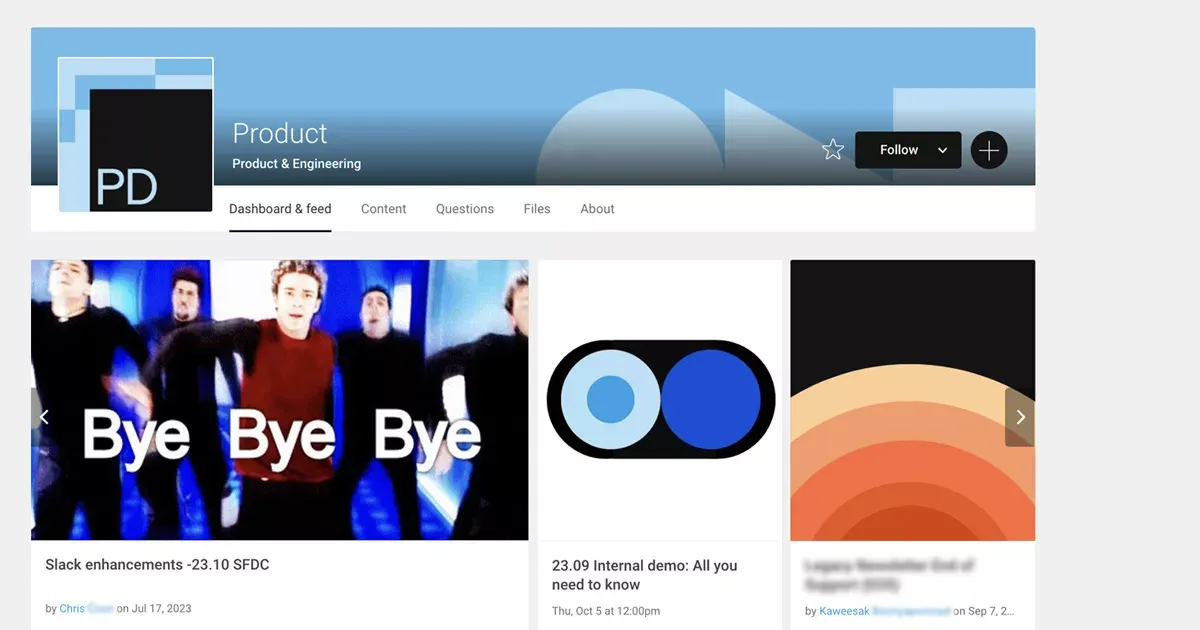
This fun NSYNC image captures viewers’ attention on Backyard, the intranet for Simpplr employees.
Include an animated explainer video to walk employees through a process.
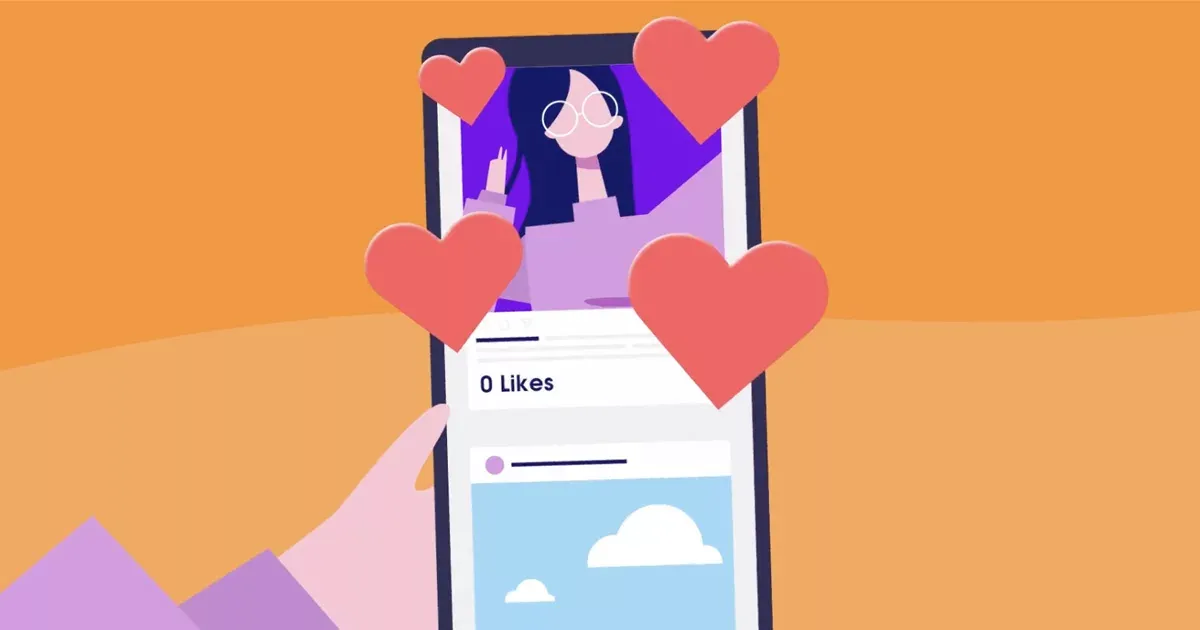
Check out some awesome explainer video examples.
Include team photos on company mission and culture pages.
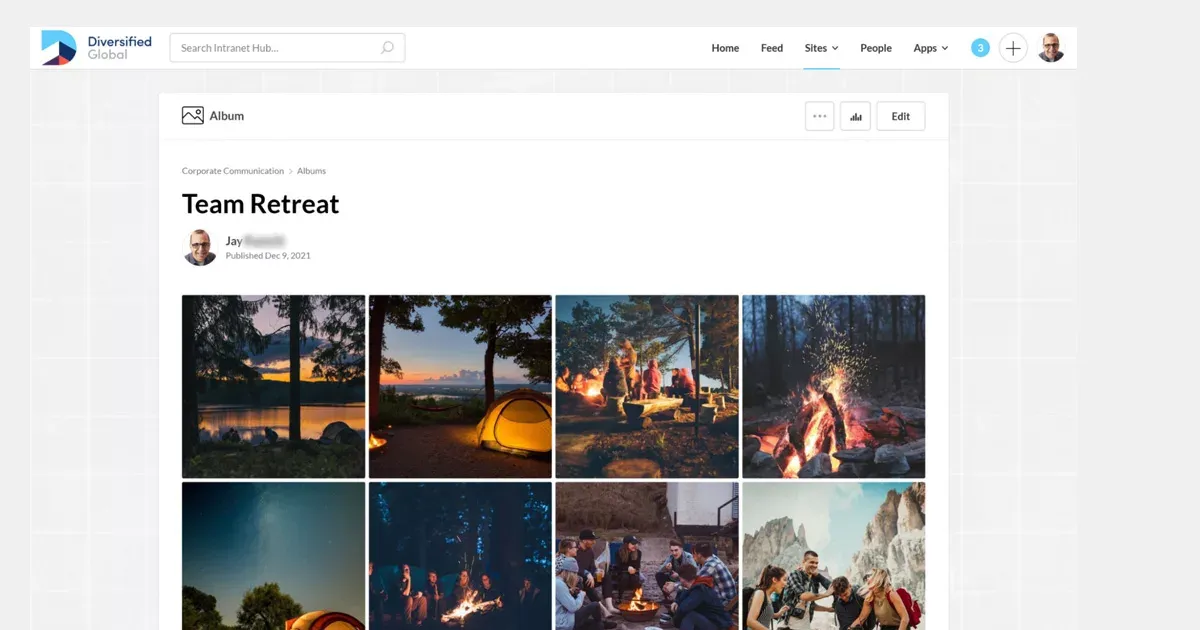
Including images of team members both in and out of the workplace can increase a sense of community.
Utilize workflow charts to explain company processes.
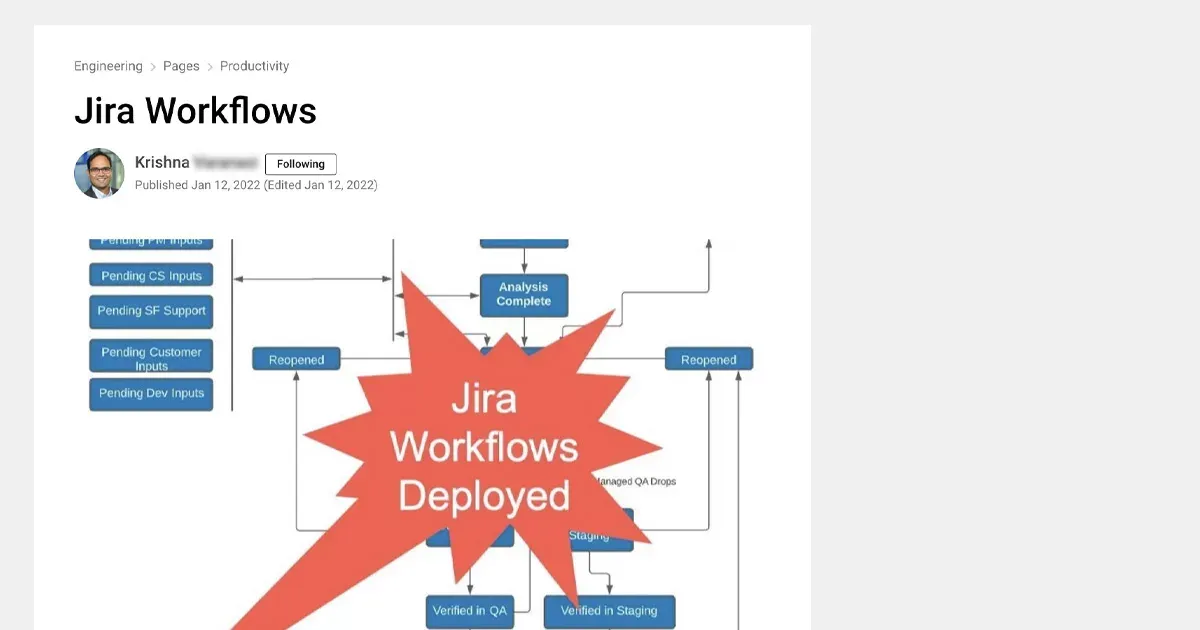
What better way to illustrate Jira processes than with a workflow graphic?
Add supporting photos and illustrations to product and service descriptions.
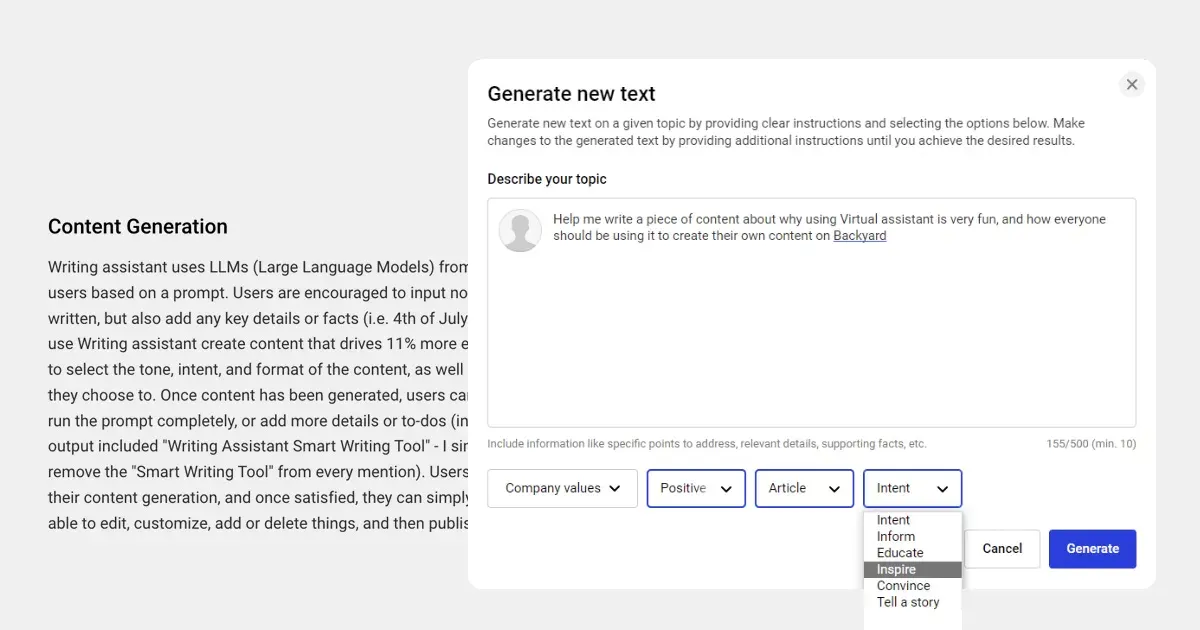
This supporting image illustrates how to use Simpplr’s new Writing Assistant for content generation.
Use screenshots to guide employees through digital platforms and software.

A compelling feature image from the Simpplr CEO’s profile page to illustrate what a great profile page header looks like.
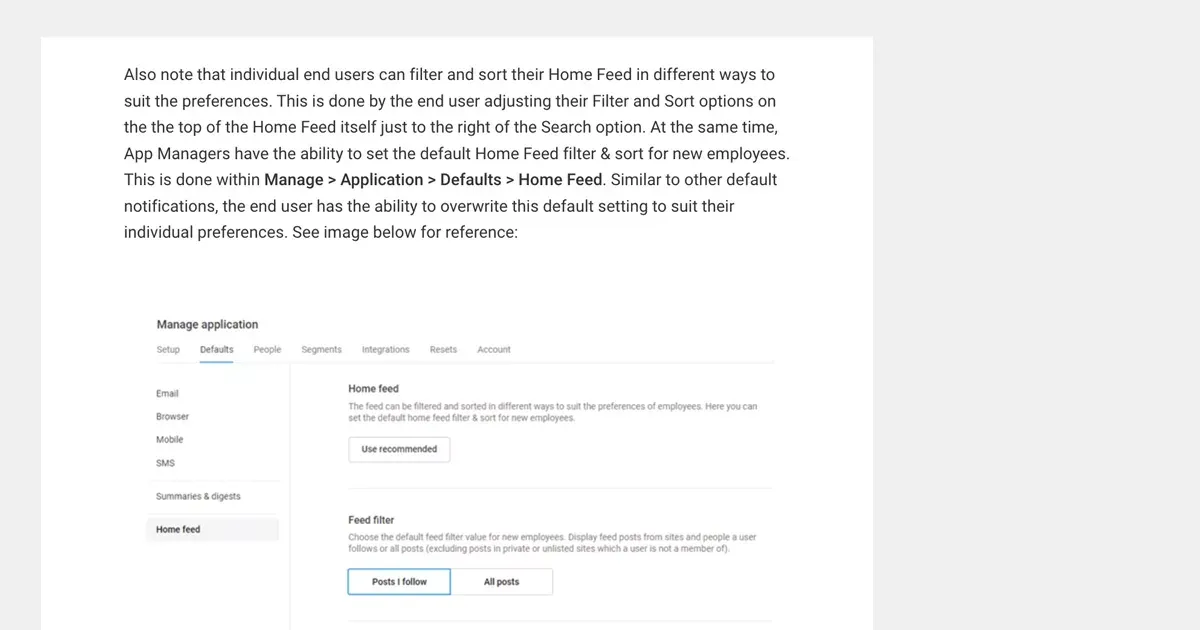
A screenshot to support the instructions in the text above.
Related: Enrich your intranet communications with Native Simpplr Video
5. Factor diversity and inclusion into your visual content strategy.
It’s important to remember that not all employees experience verbal, written and visual content in the same ways. As you approach intranet content, always think about diversity in communication and how you can make sure your messaging resonates with all abilities, cultures, identities and perspectives. To make content more inclusive:
- Include ALT text and captions to describe visual elements.
- Include captions for video content.
- Use high-contrasting colors for data visualizations.
- Avoid cursive and decorative font styles.
- Represent all employee demographics in photos.
Don’t let visual content be counter-productive and push away your team because it is inaccessible or leads your employees to feel out of place or not included in the conversation.
Get tips on inclusive leadership
Harness the power of visual communication in the workplace
Visual communication in the workplace is key to engaging employees and effectively sharing information that will be better understood, remembered, and actively used by your team.
Don’t rely on text alone when communicating with your team.
Use these tips to improve internal communications and increase intranet engagement with images, videos and graphics!
Need help with adding visuals such as high-quality graphics and native video to your intranet? Request a demo to see how Simpplr’s emphasis on visual design in our modern intranet can increase employee engagement in your organization.







